Water Damage to Engineered Hardwood and Benefits of Poly Coat
CraigdPGH
10 years ago
Featured Answer
Sort by:Oldest
Comments (19)
CraigdPGH
10 years agoUser
10 years agoRelated Professionals
Corona Flooring Contractors · Fort Walton Beach Flooring Contractors · Myrtle Beach Flooring Contractors · Oro Valley Flooring Contractors · Panama City Beach Flooring Contractors · Plainfield Flooring Contractors · Saint Louis Park Flooring Contractors · San Ramon Flooring Contractors · Slidell Flooring Contractors · Woodstock Flooring Contractors · Niceville Tile and Stone Contractors · De Luz General Contractors · Kemp Mill General Contractors · Troy General Contractors · View Park-Windsor Hills General ContractorsCraigdPGH
10 years agoCraigdPGH
10 years agoCraigdPGH
10 years agotxteddi
10 years agoUser
10 years agoCraigdPGH
10 years agoUser
10 years agoUser
10 years agoUser
10 years agoUser
10 years agoUser
10 years agoCraigdPGH
10 years agoCraigdPGH
10 years agoUser
10 years agorealtrrldy
10 years agoS H
7 years ago
Related Stories

FLOORS5 Benefits to Concrete Floors for Everyday Living
Get low-maintenance home flooring that creates high impact and works with home styles from traditional to modern
Full Story
REMODELING GUIDESWhen to Use Engineered Wood Floors
See why an engineered wood floor could be your best choice (and no one will know but you)
Full Story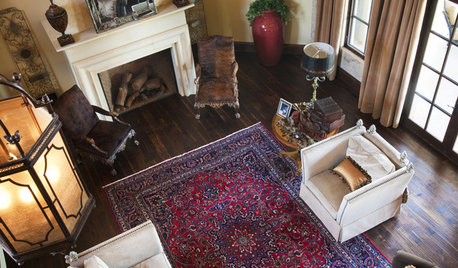
RUGSPrevent Slips and Floor Damage With the Right Rug Pad
Here's what to know about sizes, materials, costs and maintenance of this important companion to your area rugs
Full Story
HOUSEKEEPINGHow to Clean Hardwood Floors
Gleaming wood floors are a thing of beauty. Find out how to keep them that way
Full Story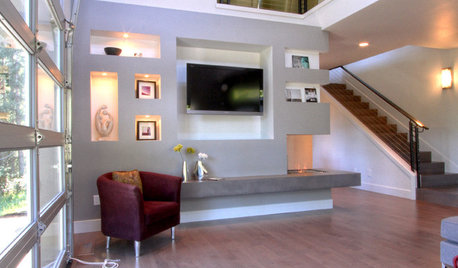
REMODELING GUIDESContractor Tips: Smooth Moves for Hardwood Floors
Dreaming of gorgeous, natural wood floors? Consider these professional pointers before you lay the first plank
Full Story
MATERIALSWhat to Ask Before Choosing a Hardwood Floor
We give you the details on cost, installation, wood varieties and more to help you pick the right hardwood flooring
Full Story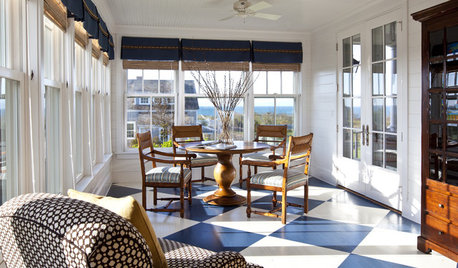
FLOORSHow to Paint Your Hardwood Floors
Know how to apply nail polish? Then you can give your wooden floors a brand-new look
Full Story
GREAT HOME PROJECTSWhat to Know Before Refinishing Your Floors
Learn costs and other important details about renewing a hardwood floor — and the one mistake you should avoid
Full Story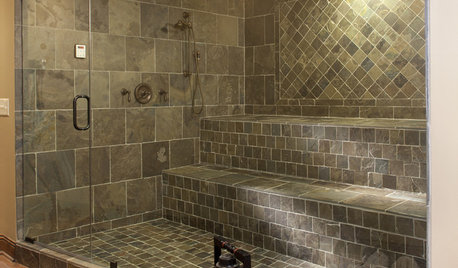
SHOWERSSteam Showers Bring a Beloved Spa Feature Home
Get the benefits of a time-honored ritual without firing up the coals, thanks to easier-than-ever home steam systems
Full Story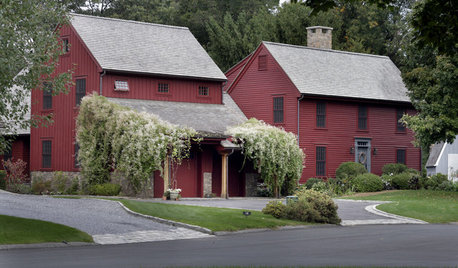
GREAT HOME PROJECTSReady to Repaint Your Home’s Exterior? Get Project Details Here
Boost curb appeal and prevent underlying damage by patching and repainting your home’s outer layer
Full StorySponsored
Custom Craftsmanship & Construction Solutions in Franklin County
More Discussions






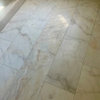
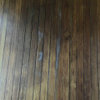
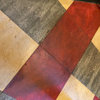
User